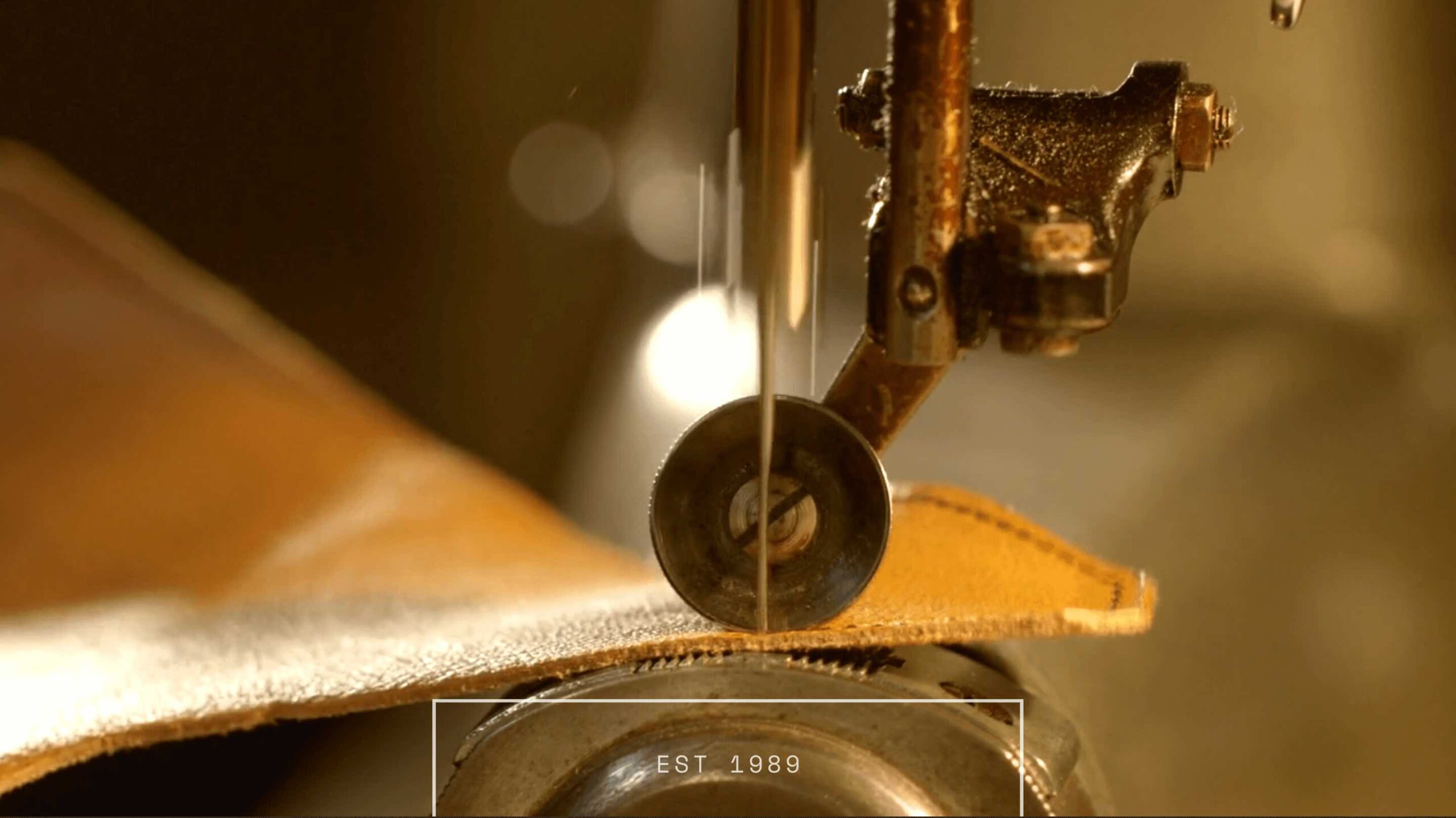
How to check real leather ( a complete guide by Mender Leather)
24/09/2023Leather has been treasured for centuries for its strength, luxurious feel, and timeless charm. Whether you’re shopping for a top-notch leather jacket, a stylish handbag, or comfy shoes, it’s vital to know how to tell real leather from fake alternatives. Mender Leather Factory is here to give you a complete guide on how to check for genuine leather, ensuring you make wise choices when investing in leather products.
Real leather, made from animal hides, is known for its incredible qualities. It’s breathable, flexible, and long-lasting, making it perfect for crafting enduring items. Fake materials may copy some of these features, but they rarely match the real thing in terms of quality and durability. Knowing how to spot real leather is crucial to avoid falling for imitations.
-
The Smell Test
Real leather has a distinct, earthy scent that’s hard to replicate in fake materials. When you put a leather product close to your nose, take a deep breath. Genuine leather will have a natural, pleasant smell, while fake leather may have a chemical or plastic odor. Keep in mind that this method may not work as well if the leather has been heavily treated or finished.
-
Check for Grain Patterns
Genuine leather often displays natural grain patterns on its surface. These patterns vary depending on the animal’s hide, but they tend to be irregular and unique. Look closely at the material for subtle imperfections in the grain, which indicate real leather. In contrast, synthetic leather typically features a uniform, repeated pattern that lacks the depth and individuality found in genuine leather.
-
Feel the Texture
Touch is a valuable sense when assessing leather. Real leather feels soft, supple, and slightly warm to the touch. When you press your finger against it, it will leave a temporary impression that slowly fades away. Fake leather, on the other hand, often feels cooler, smoother, and less pliable. It may not react to pressure in the same way, retaining a uniform surface.
-
Observe the Edges
Examine the edges of the leather product, such as the seams or cut edges. Genuine leather typically has rougher, slightly frayed edges, as it is a natural material. In contrast, synthetic leather edges tend to appear neater and more precise, as they are often cut with machines.
-
Examine the Back
Flip the leather product over and inspect the backside. Genuine leather will often have a rougher, unfinished back, displaying the natural characteristics of the animal hide. Synthetic leather, on the other hand, typically has a fabric or plastic backing with a consistent texture.
-
Burn Test (Not Recommended for Finished Products)
While not recommended for finished leather products, a burn test can help identify real leather in raw or unprocessed forms. To perform this test, carefully cut a small, inconspicuous piece of the material and hold it with a pair of tweezers. Use a lighter or a match to ignite the material. Genuine leather will burn with a distinct smell of burning hair, while synthetic materials will emit a plastic smell.
Mender Leather Factory’s guide to checking real leather equips you with valuable tools to discern genuine leather from fake alternatives. By using your senses of sight, touch, and smell, you can make informed decisions when purchasing leather products, ensuring that you invest in quality, durability, and timeless elegance. Remember that authentic leather ages beautifully, developing a rich patina over time, making it a cherished addition to your wardrobe or collection.


Leave A Reply